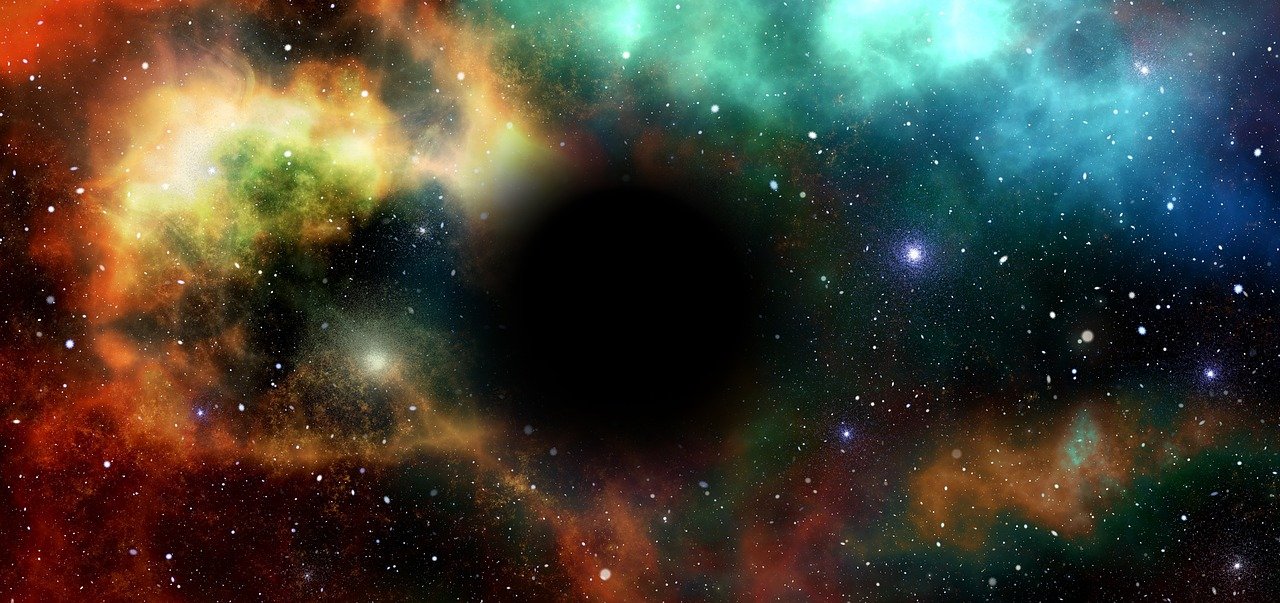Astrophysicists at the Niels Bohr Institute, University of Copenhagen and the Technical University of Denmark have identified a distant object that has properties that lie between those of a galaxy and of a quasar. The discovery is attributed to the Hubble telescope. The newly found object has been named GNz7q by the team and was born 750 million years after the Big Bang. It can be seen as the ancestor of a supermassive black hole that was born relatively soon after the Big Bang during a period called the cosmic dawn.
This object could be seen as the ancestor of a supermassive black hole that was born relatively soon after the Big Bang. Earlier simulations have indicated that such objects would exist but this is the first actual observation of such an object.
“The discovered object connects two rare populations of celestial objects, namely dusty starbursts and luminous quasars, and thereby provides a new avenue toward understanding the rapid growth of supermassive black holes in the early universe,” said Seiji Fujimoto, a postdoctoral fellow based at the Niels Bohr Institute, University of Copenhagen, in a press statement.
more at indianexpress.com
Ask me anything
Explore related questions





